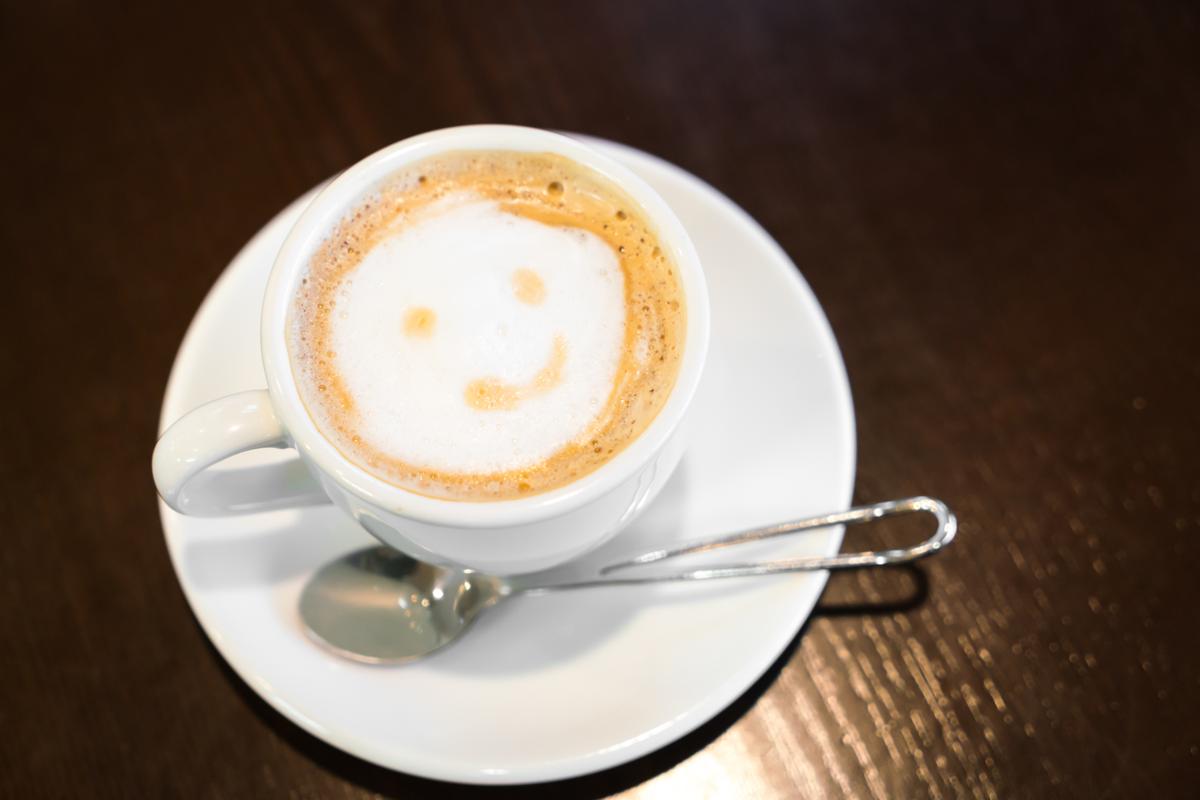

The Caffe Mediterraneum in Berkeley, California claims one of its early owners, Lino Meiorin, invented the now-standard latte (see here) drink in the 1950s. The American version of the latte was popularized in Seattle, Washington in the early 1980s. However, the latte has roots in a variety of traditional drinks all over Europe, including the café au lait found in France and the Milchkaffee of Germany. The latte you find in your local coffee shop originates from an Italian beverage called caffè latte that is almost always served for breakfast and consists of coffee brewed in a stovetop Moka pot and poured into heated milk, sans the milk foam.
#CAFFE MOCHA PROFESSIONAL#
Proper espresso drinks are made by a professional or at-home barista using quality equipment, namely a coffee grinder, espresso machine, and steaming wand. Its texture is not as smooth and takes up more physical space in the drink. Bigger, fuller air bubbles result in a “dry foam” that is used for cappuccinos. It is used for lattes and gives the latte its classic milky, velvety feel. Microfoam has tiny bubbles resulting in a smooth texture and mouthfeel.

Skilled baristas can control the texture of steamed milk and milk foam in the same carafe. It’s made by gently whipping steamed milk to create air bubbles.

Milk foam is the final component in the basic coffee drink and makes an appearance in most of them. That’s what they’re doing: steaming milk for lattes, cappuccinos, or mochas. You may have even watched a barista pour milk into a metal carafe and stick it under a long metal arm protruding from an espresso machine. Most professional espresso machines include a steaming wand for baristas to use for this purpose. These espresso shots contain a higher percentage of caffeine than regular coffee and form the base of all of coffee bar drinks (see here). The difference is in the way those beans are prepared: espresso uses pressurized steam to force water through tightly packed coffee grounds, producing small amounts of concentrated liquid a time. Just like regular coffee, espresso is made with coffee beans. Lattes, macchiatos, cappuccinos, and mochas all start with espresso. Not every drink includes all three, but the biggest differences between these four popular beverages are the ratios between the basic ingredients. This blends the flavors into the milk and adds a delicious dynamic to the resulting drink that will have you thinking warm thoughts all year.Every cafe drink essentially begins with the same ingredients: espresso, steamed milk, and milk foam. Turning this into your favorite cafe-style Peppermint Mocha is as simple as adding an ounce (30 ml) of peppermint syrup to your milk before steaming and frothing. The Cafe mocha brings together childhood memories of hot chocolate and the satisfying taste of coffee into one dynamic drink. You will get the same consistency and accents from the chocolate with almond milk as you would if you used regular milk. Coconut milk is another great option if you're looking to add some exotic, rich flavor to the drink but will change the flavor noticeably, which you may or may not like depending on your personal preferences. If you are looking for nondairy options to make a Caffe Mocha, the most comparable regarding texture and density will be almond milk or soy milk. Sprinkle with chocolate shavings, cinnamon or top with whipped cream. Pouring your milk and chocolate mixture over the Italian espresso shot, add the foam on top. Clean the portafilter and filter basket to create a proper seal around the group head and give a smooth pour to your espresso. Grind fresh espresso and tamp it, let it breathe and tamp again. A well-pulled espresso with Crema will add depth and luxury to your chocolate. Pull your espresso shot the same way you would for any coffee. Conversely, you can heat the milk on a stove top with the hot chocolate before steaming it all together. Once you have separated the milk and foam, add your chocolate to the milk and beat with a whisk. Other alternatives include white chocolate powder or syrup. How you froth your milk depends on your total fluid volume and preference.įor minimum sweetness choose a high-quality cocoa powder, for maximum sweetness pick a hot chocolate syrup. Lattes have a flat foam layer because the milk consistency runs as a liquid whereas cappuccinos have a thick foam layer. Steam and froth the milk just as you would for a Cappuccino or Latte. Tried this recipe? Let us know how it was!


 0 kommentar(er)
0 kommentar(er)
